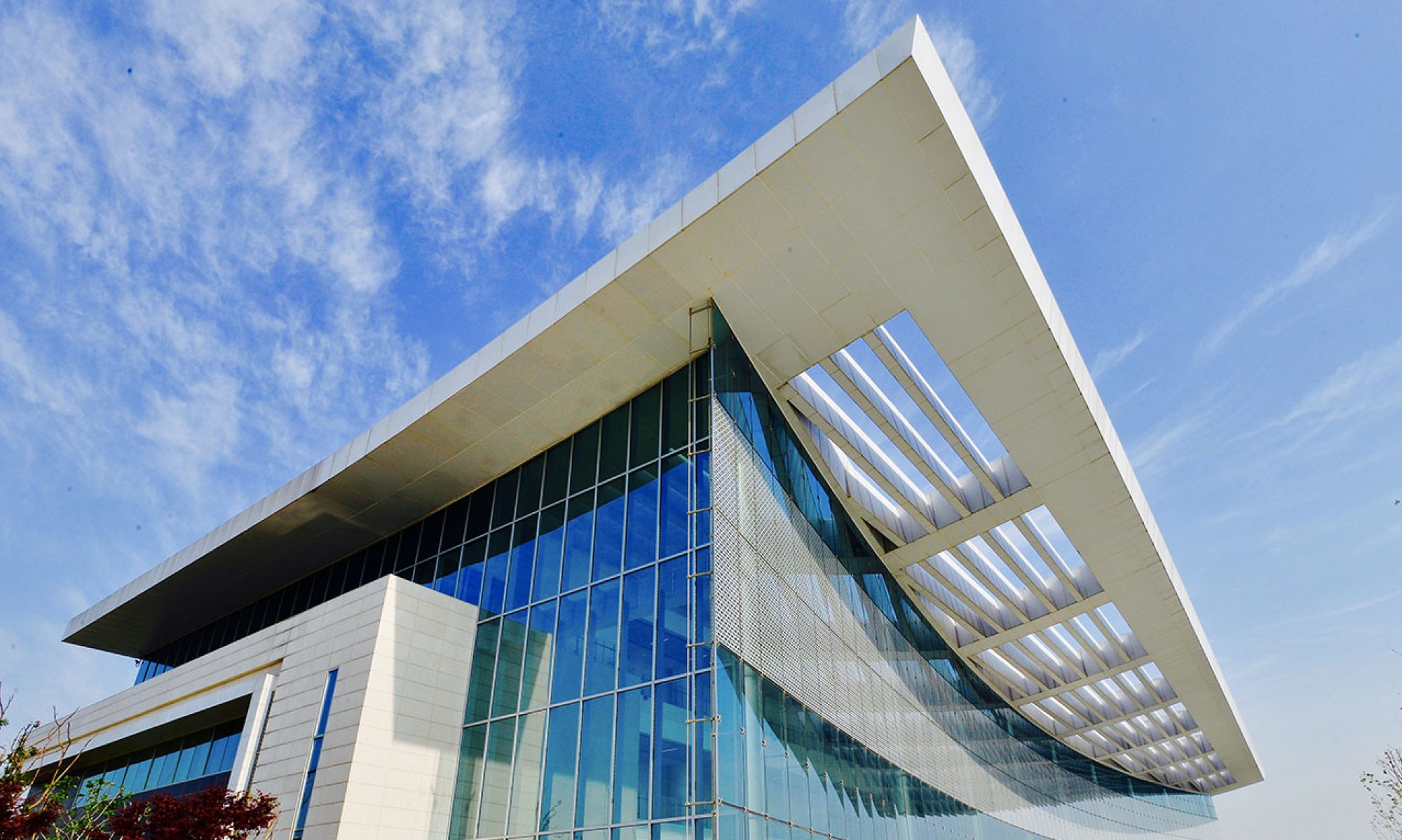By Hantian Zhang
Cao Fei, winner of the Deutsche Börse Photography Foundation Prize (2021) , is an internationally-renowned Chinese contemporary artist. She was the guest of the one of the three student seminars in 2021 Humanities Research Center’s Fall Conference. The prerequisite of this seminar was to watch two of Cao Fei’s films about the future of work and labor – 11.11 (2018) and Asia One (2018).
11.11 is a documentary that records the work overload of the entire JD.com logistics system before and after the “double eleven” shopping day in China and reflecting on the reality. Asia One focuses on art performance. It shows an emotional entanglement between the “unmanned” (intelligentized production), “human” and “non-human” (robot). In this seminar, Cao Fei answered a series of edgy and meaningful questions from students, which provided lots of inspiration in art realm.
“Art is so romantic but what is its realistic function?”
After asking the students about their major, Cao Fei provided her answer to this question. She pointed out that most may believe that some majors are more practical than the arts, contrastingly, she has a different take. Born in an artistic family, she was deeply influenced by her parents working in the arts. Her natural adoration for art did not confuse her with the function of art. Whether it was useful or not, she enjoyed creating artwork.
“It is quite difficult to enter the factory to record communication. How did you get these shots?”
Cao shared her experience that if the companies understand the intention of the film and that it is not to hurt the company or expose its trade secrets, then they are more open to approve the film team in shooting certain situations. One thing worth noting is the background creation of Cao’s films was shot during the period of expansion of the intelligent logistics system. With the corporations’ understanding of the benefits and the promotional function of media, Cao Fei was able to take this opportunity to document the behind-the-scene shots of a factory.
“What is the connotative meaning of the dance around the octopus in Asia One?”
According to Cao, sometimes for an artist, the purpose of using symbols is not necessarily consistent with the original meaning. Symbols could be analyzed from multiple angles, and it might be just an artist’s subconscious thought instead of exact instructions given to the audience. To explain the meaning of the dance around the octopus, she mentioned that octopus represented the devil in the western world. In Asia One, it was intended to arouse criticism and reflect on AI. The invisible tentacles are also symbolism to tempt the human’s desire to consume.
“How do you direct the cast and crew without subjectively giving meaning to creation?”
With the example of the famous director Wong Kar-Wai, Cao demonstrated that unscripted filming did not refer to no script. She then explained it further from two aspects: on the one hand, she investigated a number of logistics warehouses to find an ideal one; on the other hand, the actors were put into an environment to perform under a given theme and topic.
“Art is not merely right or wrong. But how can artwork be judged with grades?”
One significant criterion to evaluate art is whether it could surpass previous works of art due to personal taste and the judgement of art critics. Cao admitted that it was really difficult to evaluate artwork with grades. As a professor of the School of Experimental Art at the Central Academy of Fine Arts, she sometimes allowed students to grade themselves. What she appreciates is its uniqueness or breakthrough of the work.
“What elements did you consider in choosing modes and themes?”
The “docudrama,” Whose Utopia, centers around the life of factory workers. In this case, documentary interviews could not capture entire situations. In response to the era of human-oriented manufacturing, 11.11 was intended to show the realistic aspect of logistics while Asia One focused more on art performance. The subject of these different films were confronted with the contrast between fiction and reality.
“What do you think about the idea ‘Recording is poeticizing reality’?”
According to Cao, it was difficult to discuss poeticization, which became a derogatory term in this critique. When entering certain space and coming into contact with certain people, the artist naturally expressed the object she saw. Workers in 11.11 could express their thoughts freely without official interviews. In Germany, the physical work of delivery employees at the bottom of the logistics chain would be considered a case of exploitation. The current increasing population in China is leading to the complexity of the labor market and the current logistics system. Some people are not able to receive an education and are left with no choice but to earn a living with factory work. This is the cruel reality that is shaped by the current social environment.
Cao’s work exposes the audience to learn more about the current labor situation and in turn, have more respect for the factory workers. Therefore, it is not necessary to judge “poeticizing reality” as a good or a bad thing.
In conclusion, Cao indicated that there were important factors for art creation: medium, intuition, and curiosity. In some works of art, the exaggeration of reality can effectively raise the public’s awareness, and in this case, of the labor situation. Since the art realm contains infinite possibility, its magic power is waiting for more people to find it.
